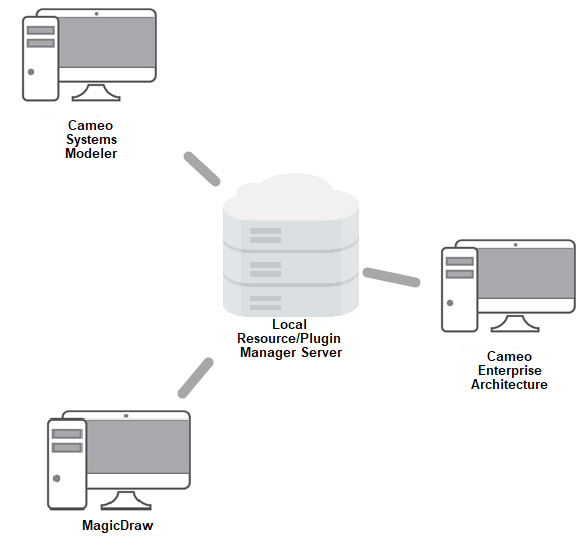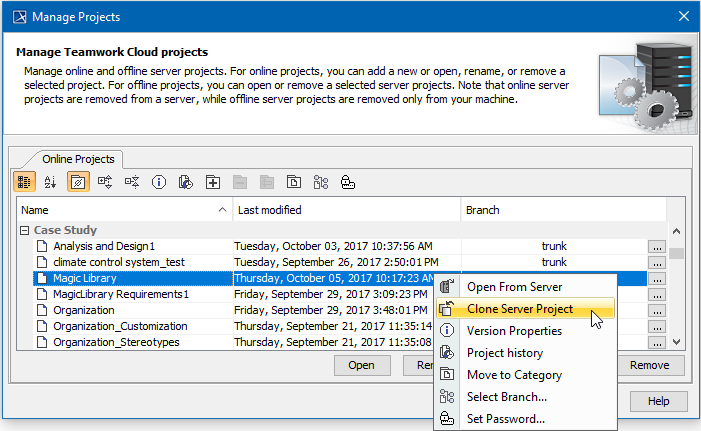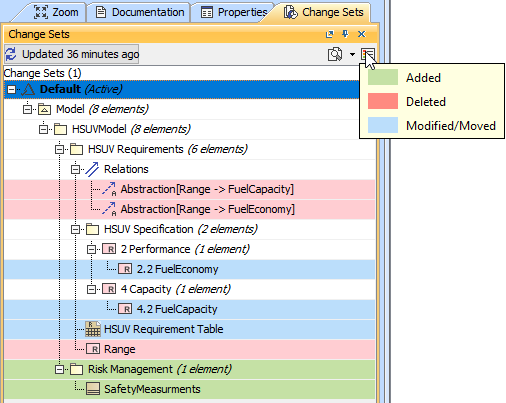
Here supervised concept-learning tasks were used and “predicting structure in the world” meant prediction of a relatively isolated and arbitrary function identified by the feedback. The idea that the purpose of concepts is to predict properties in the world plays out differently for models that focus on supervised versus unsupervised learning.Įarly research on concept learning (e.g., Bruner, Goodenow, & Austin, 1956) assumed the goal of the learner was to match externally provided categories.

When researchers have asked how the function of concepts might influence the learning process, it is this external function that has been the focus of analysis ( Anderson, 1991 Brunswick, 1955 Rosch, 1978). Rather, concept-learning research has assumed, implicitly or explicitly, a single, primary use: prediction of properties in the world. Research has not, however, been guided by a diverse mix of inward-and outward-facing uses. This influence guides the kinds of learning tasks studied, and the mechanisms proposed in learning models. Research on concept learning is deeply influenced by the goals and functions concepts are assumed to serve. Evidence that categorization may be controlled by multiple mechanisms is evaluated, and finally the fine-scale dynamics (i.e., time course) and some aspects of the neuropsychology of categorization are reviewed.ĭorrit Billman, in Psychology of Learning and Motivation, 1996 II The Role of Concept Use in Concept-Learning Research Next, the role of selective attention in categorization, and the way in which the different models deal with selective attention, is discussed. These different models, and some of the evidence supporting each of them, are considered in turn. In decision rule models, the learner is assumed to construct a boundary or rule in psychological space which partitions it into different category regions. In exemplar models, the concept is simply the set of mental representations of all of the category exemplars that have been previously observed, with each instance assumed to be stored as a separate trace. In prototype theories, the concept learning process is assumed to yield an abstract representation corresponding to the central tendency of the category exemplars on each of the dimensions of variation. Models of concept learning have adopted one of three contrasting views concerning category representation.

Shanks, in International Encyclopedia of the Social & Behavioral Sciences, 2001Ĭoncept learning describes the process by which experience allows us to partition objects in the world into classes for the purpose of generalization, discrimination, and inference. For instance, if the teacher is grading based on correct punctuation, spelling, and the inclusion of specific points, communicate with the teacher and your child to work on meeting these expectations.D.R. Instead of saying, "do quality work," state the specific expectations. Help students understand the relationships between ideas. Tell children why the material is important, what the learning goals are, and what the expectations are for quality performance.

Prompt him as necessary to ensure that he corrects any mistakes before he finishes. Check back on the student as he works to ensure he is doing the work correctly. Correct any miscommunication before he begins the actual work.

Lessons should include specific, step-by-step instructions that are explicitly stated by the teacher and modeled for the student. This is humiliation, and it has no place in any classroom or home.


 0 kommentar(er)
0 kommentar(er)
